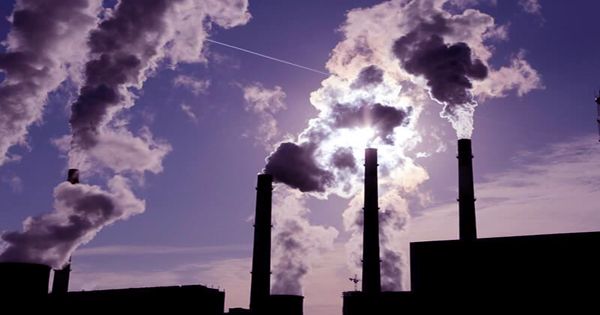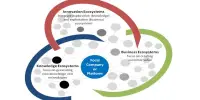The search for a planet leading to renewable energy could disrupt some ecosystems and deepen the ongoing threat to biodiversity, in a catch-22 of epic proportions.
The world needs to build lots of electric vehicles, solar panels, storage batteries, wind turbines, and other renewable energy infrastructure, all of which need a variety of minerals, including cobalt, nickel, lithium, copper, aluminum, all silver, and rare-earth minerals, to pull this transition. Switching to clean energy is absolutely necessary if mankind wants to avoid a developing climate crisis.
Researchers at the University Of Queensland (UQ) in Australia have looked at how the extraction of 30 minerals needed for clean energy infrastructure could disrupt biodiversity around the world, In a new study published in the journal Nature Communications.
“Mining can have a particularly severe impact on certain species and ecosystems. For example, species of small habitats and ecosystems that are found exclusively in mineral-rich landscapes may have evolved with underlying geology, Mineral production can be particularly risky, ”explained Dr. Laura Sonter, lead author at the UKU School of Earth and Environmental Sciences, to IFLScience. “Some of these excavated elements may pose a more serious threat to biodiversity than others, but the effects will depend on the size and grade of the resource, the method used to extract it, the structure of the environment and the vulnerabilities of the policy regulating mining activities.”
The study explains how mining potentially affects 49.9 million square kilometers of the Earth’s landmass, which is equivalent to 3 percent of the world’s landmass, excluding Antarctica, and more than 0 percent of the mineral extraction material, which is important for renewable energy production.
They worked to ensure that 80 percent of the mining area matched the nationally-designated protected area, while the mining percentage mining area was identified as the main biodiversity area. On top of that, 1 percent of the mining area was defined as the remaining wilderness, the land perceived by human development as an important buffer against degradation and environmental degradation.
To make matters worse, the study also argues that the country “lacks strong asset management”, suggesting that these reserves are at risk of exploitation by international mining companies. A key area of concern, for example, is the Salar de Uyuni salt pan in Bolivia; A region that is the epicenter of the world’s second-largest irrigated lithium reserve, but rich in biodiversity, including Culpeo foxes, rabbit-like Bolivian vultures, and Andean flamingos.
Fortunately, the crisis is not inevitable. With proper planning and guidance, the planet has been able to get its hands on these resources without disturbing the areas of weak biodiversity in these resources, the study found. Given the current disruption to mining activity, many areas rich in biodiversity are likely to be increasingly disturbed as demand for these 30 minerals begins to increase. Indeed, these new threats to biodiversity could outweigh climate change mitigation measures.
“The challenge now is to actively identify which species are most at risk for mining development and create strong policies to avoid their loss. We need to replace fossil fuels with renewable sources of fuel, without inadvertently eroding further biodiversity. Sonter says, “The good news is that our study suggests many of the materials required for renewable energies also exist outside areas important for biodiversity conservation.”
















